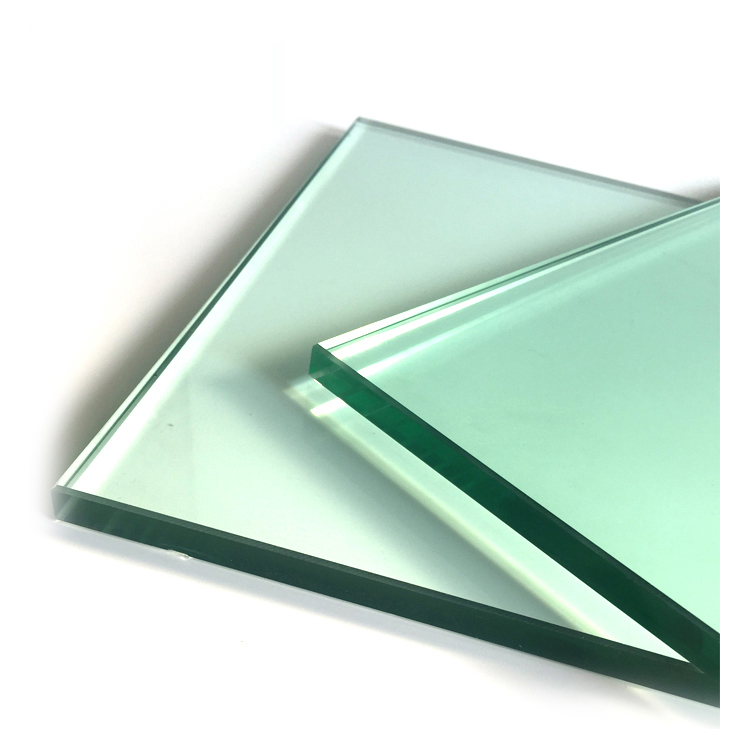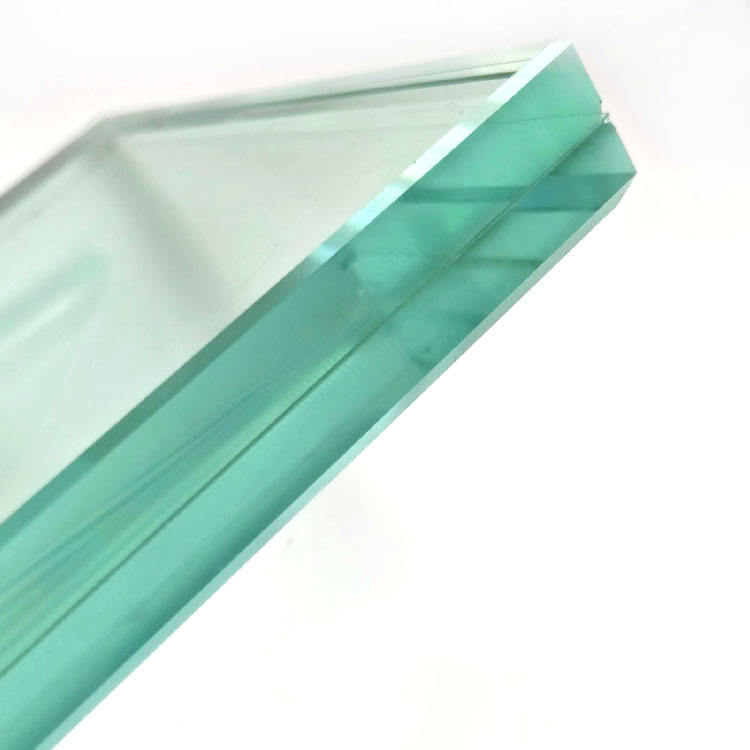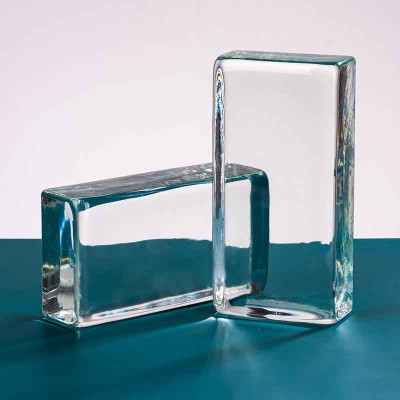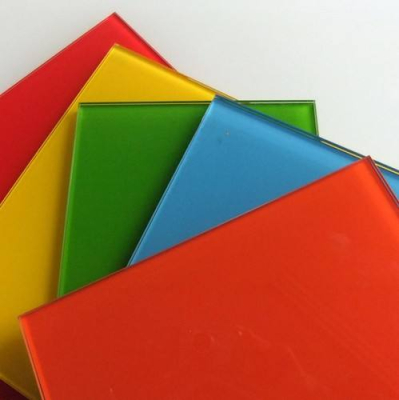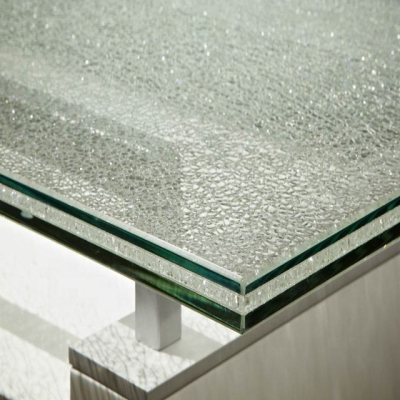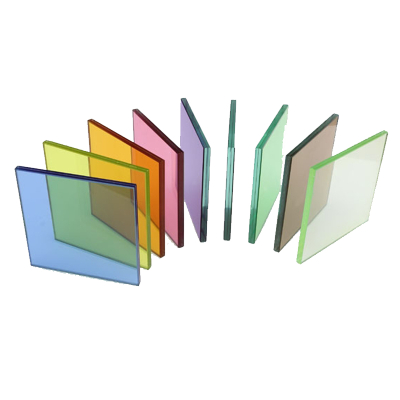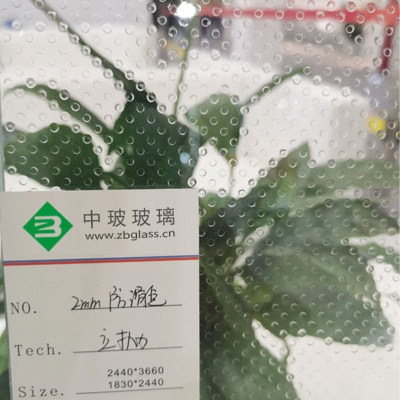Low-e Laminated Glass
1. Energy efficiency: Low-e (low-emissivity) laminated glass is specifically designed to reduce heat transfer through windows, making it highly energy efficient. It has a special coating that reflects heat back into the room during cold weather and blocks heat from entering during hot weather. This helps to maintain a comfortable indoor temperature and reduce the need for excessive heating or cooling, resulting in energy savings and lower utility bills.
2. UV protection: Low-e laminated glass provides excellent protection against harmful ultraviolet (UV) radiation. The laminated structure of the glass, combined with the low-e coating, blocks a significant amount of UV rays from entering the space. This helps to prevent fading and damage to furniture, flooring, and other interior elements that are susceptible to UV-induced discoloration.
Product Description
Low-e laminated glass is a type of energy-efficient glass that combines the benefits of low-emissivity (low-e) coating and laminated glass technology. It consists of two or more layers of glass bonded together with a layer of polyvinyl butyral (PVB) interlayer. The low-e coating helps to reflect heat and block harmful UV rays, reducing heat transfer and improving insulation. The laminated structure provides added safety and security, as the interlayer holds the glass together even when shattered. Low-e laminated glass is commonly used in windows, doors, and skylights to enhance energy efficiency, reduce noise transmission, and increase safety.
Product Advantages
1. Energy efficiency: Low-e (low-emissivity) laminated glass is specifically designed to reduce heat transfer through windows, making it highly energy efficient. It has a special coating that reflects heat back into the room during cold weather and blocks heat from entering during hot weather. This helps to maintain a comfortable indoor temperature and reduce the need for excessive heating or cooling, resulting in energy savings and lower utility bills.
2. UV protection: Low-e laminated glass provides excellent protection against harmful ultraviolet (UV) radiation. The laminated structure of the glass, combined with the low-e coating, blocks a significant amount of UV rays from entering the space. This helps to prevent fading and damage to furniture, flooring, and other interior elements that are susceptible to UV-induced discoloration.
3. Safety and security: Laminated glass consists of multiple layers of glass bonded together with a durable interlayer, typically made of polyvinyl butyral (PVB). This construction gives low-e laminated glass enhanced strength and safety characteristics. In the event of breakage, the interlayer holds the glass fragments together, reducing the risk of injury from sharp shards and providing increased resistance against forced entry or impact.
4. Sound insulation: The laminated structure of low-e laminated glass also contributes to sound insulation properties. The interlayer acts as a dampening material, reducing the transmission of sound vibrations through the glass. This helps to create a quieter and more peaceful indoor environment, particularly in areas with high noise levels or near busy streets.
5. Design versatility: Low-e laminated glass offers design versatility and can be customized to meet specific architectural and aesthetic requirements. It is available in various thicknesses, sizes, and colors, allowing for flexible design options. The low-e coating can be applied to different glass types, such as clear, tinted, or patterned glass, giving architects and designers the freedom to create visually appealing and functional glass installations.
APPLICATION


